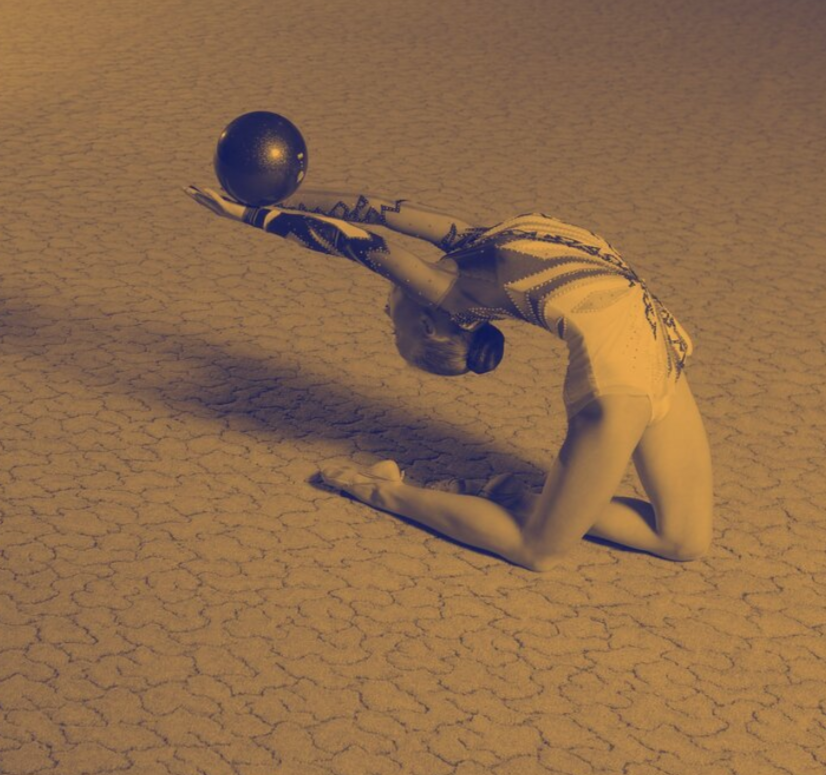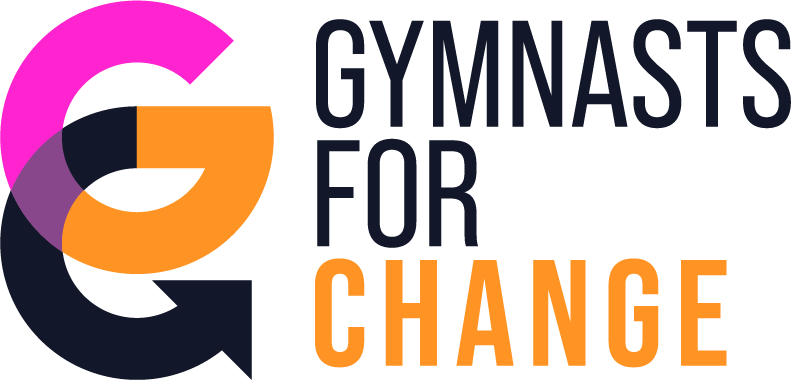WHAT IS ATHLETE ABUSE IN GYMNASTICS?
In this section world leading gymnastics abuse expert Dr Natalie Barker-Ruchti, Associate Professor in Sports Science at the School of Health Sciences at Orebro University, Sweden; sets out the four key forms of abuse that show up within the sport of gymnastics and presents four clear legal definitions of what constitutes abuse.
Taken from the External Investigation Report in connection with the incidents pertaining to rhythmic and artistic gymnastics Switzerland. On behalf of the Federal Department of Defence, Civil Protection and Sport. Summary and recommendations. 8 October 2021. Published by Rudin Cantieni Rechtsanwalte AG.
4 legal definitions of abuse
-
1. Emotional or psychological violence
Shouting, insults, threats, derogatory remarks, bullying and making shameful, humiliating and intimidating comments (especially body shaming) are scientifically defined as psychological violence or boundary violations.
Psychological violence includes non-verbal communication, such as demonstrating frustration, turning away from an athlete or leaving when a performance is evaluated as insufficient.
Non-verbal psychological violence includes hitting and throwing objects without intent to harm, deliberate denial of feedback and ostracism of athletes.
-

2. Physical violence and boundary violations
Hitting, kicking, shaking, pushing and other violent behaviour are defined as physical violence or boundary violations
They include forced stretching and forced physical exertion, individual and collective punishment through physical exertion and the physical isolation of athletes. Denial of basic needs such as eating, drinking water or using the toilet, and restricting sleep and rest are also considered physical violence.
The physical form of violence includes overtraining or limited recovery opportunities, and forcing athletes to participate in training and/or competitions despite them suffering from pain and injury. Selection processes that require weight loss or participating in training and/or competitions despite suffering from pain and injury are other forms of physical violence.
-

3. Sexual violence
Sexual violence or boundary violations include sexual harassment (verbal and texting) and sexual abuse (e.g. inappropriate touching and rape). Exhibitionism and voyeurism are also considered sexual violence.
-

4. Neglect
Physical neglect is the failure to provide athletes with the care they need. It involves inadequate supervision of athletes. Such neglect may consist of overtraining, insufficient assistance or not enough or inadequate protective equipment in training. It also includes failure to prevent unhealthy behaviour (e.g. unhealthy eating habits; abuse of medication) and refusal of medical care.
Psychological neglect includes the acceptance of antisocial and criminal behaviour (e.g. violence, expecting that violence is endured, underage drinking, drugs, recommending or not intervening in doping methods or other medical means, not intervening and/or not reporting any violence against athletes; refusing psychological care). Psychological neglect is also understood to be the failure to respect human rights and children's rights.

“It is essential we now have a whole new conversation about consent in sport”.
Baroness Tanni Grey-Thompson on the findings of the Whyte Review 2022
Further resources on athlete abuse
-

IMPACT OF GENDER ON SAFEGUARDING IN WAG
PROFFESSOR NATALIE BARKER-RUCHTI
Athlete abuse shows up in all disciplines of gymnastics, Women’s Artistic Gymnastics, Men’s Artistic Gymnastics, Team Gym, Rhythmic, Acro, Tumbling & Trampolining - however to date, there has been a critical mass of gymnast voices breaking the silence around abuse in Women’s Artistic Gymnastics. In 2020, Gymnasts for Change’s Dr Natalie Barker-Ruchti took the opportunity to coalese her previous 20 years of research around the voices of the Gymnastics Alliance Movement. While the following presentation therefore focuses exclusively on the culture and practices of Women’s Artistic Gymnastics, the insightful unpacking of the power structures at play within the sport could equally be applied to all other gymnastics disciplines.
FIND OUT MORE -

HOW DO WE EXPLAIN ATHLETE ABUSE?
PROFFESSOR NATALIE BARKER RUCHTI
Dr Natalie Barker-Ruchti discusses her research and considers the significance of the transition gymnastics went through in the late 1960’s, from a sport dominated by calisthenics and dance, performed by women with women’s bodies - to the acrobatisation of gymnastics in the 70’s & 80’s, where the sport became characterised by risk & difficulty and was performed by prepubescent girls.
The era of acrobatisation, was accompanied by assumptions that difficult moves could only be learned in childhood and could only be performed by children - ushering in a new ideal of the female gymnast as a submissive child with no voice who needed to be dominated by the control of their coach.
FIND OUT MORE
-

What is covert emotional abuse
AMY SALTZMAN M.D
It is imperative that gymnasts and those who work with and support gymnasts, learn to recognise and prevent all forms of abuse in gymnastics. Covert emotional abuse (CEA) is almost always the initial form of abuse, and it all too often leads to physical and sexual abuse. CEA is a tightly woven, almost invisible spider’s web meant to ensnare and control the victim. There are a number of indicators of covert emotional abuse including, The emotional trap of specialness, the cultivation of fear, self-blame, self-doubt and dependency, the alternation of love-bombing and shaming, the demonisation of those who raise concerns and associated demands for social ostracisation.
-

What are microaggressions? How abuse begins
Before an athlete is abused in one of the 4 key ways outlined above, they have usually experienced multiple, much more subtle forms of inappropriate treatment. These less serious behaviours, used by coaches towards athletes, are referred to as micro-aggressions. Microaggressions are physical, verbal or sexual violations which are used by abusers to deliberately cross personal boundaries, as a way to test how the abusee will react. If a child is repeatedly slapped on the butt or publicly humiliated through the use of inappropriate comments, in an environment in which - due to the power dynamics, they can’t ask the abuser to stop - it has the effect of normalising inappropriate touching or verbal abuse, making it more difficult for the abusee to identify or prevent more serious forms of abuse including rape. Importantly, repeated micro-aggressions must be understood by gymnasts, parents, officials and coaches as red flags that indicate ‘grooming’ is underway and should be reported.
-

Child’s work: ‘A Petri dish for abuse’
In this piece published by the Guardian, Celina Ribeiro speaks to Australian lawyer Adair Donaldson about his understanding of how abuse operates in gymnastics. As a lawyer representing dozens of gymnasts and their families Donaldson states, “It’s the age issue that gets us. We’re talking about children who are eight years of age and they’re competing internationally. You’re thinking: ‘Geez, how does this happen?’. As Donaldson points out, an important factor in gymnast abuse is the alarmingly young average age of someone doing gymnastics. In the UK for example 95% of all participants in the sport are under the age of 18. 73% are under the age of 12 and 80% are female. It’s a demographic that is particularly vulnerable to abuse and power imbalances, yet there are few protections in place, despite the majority of athletes being more likely to be victimised than other sports.

